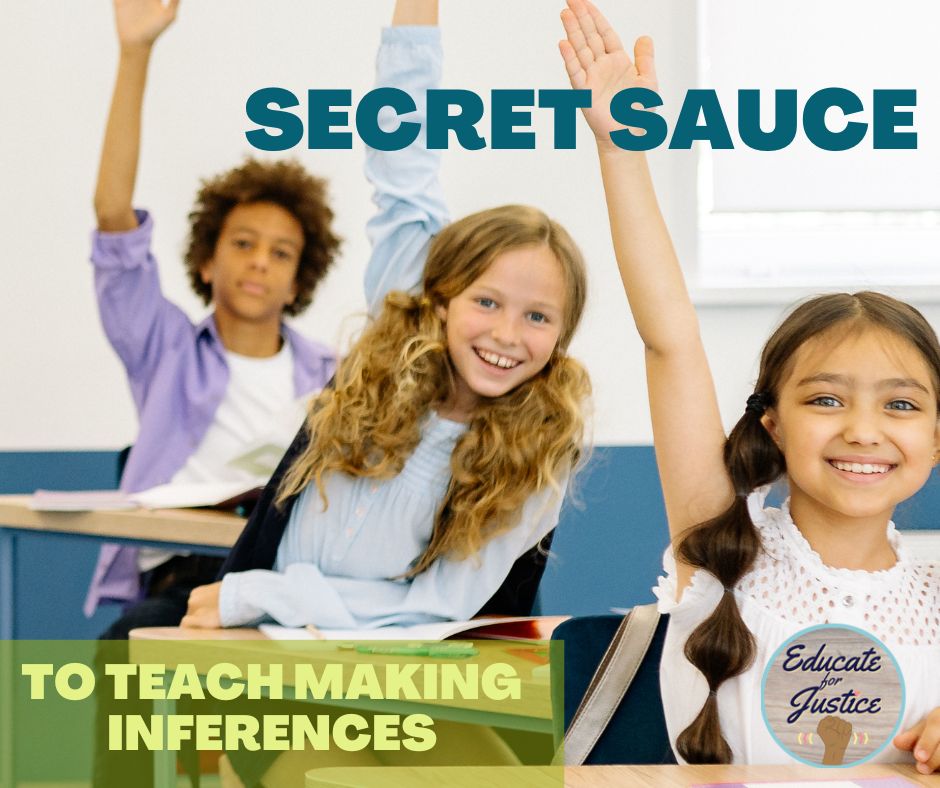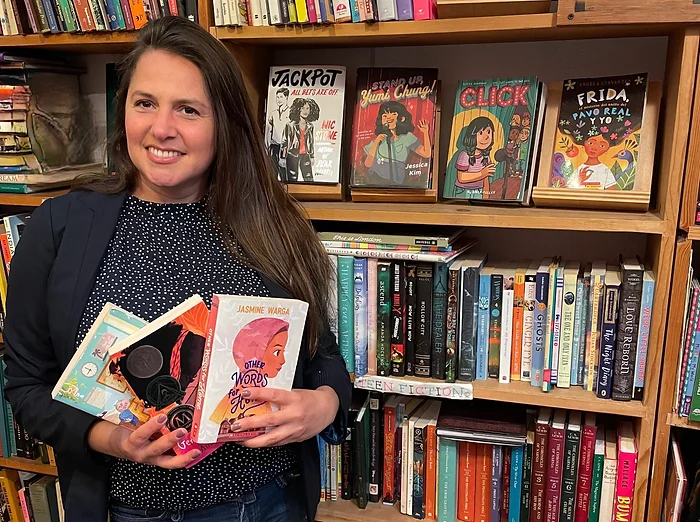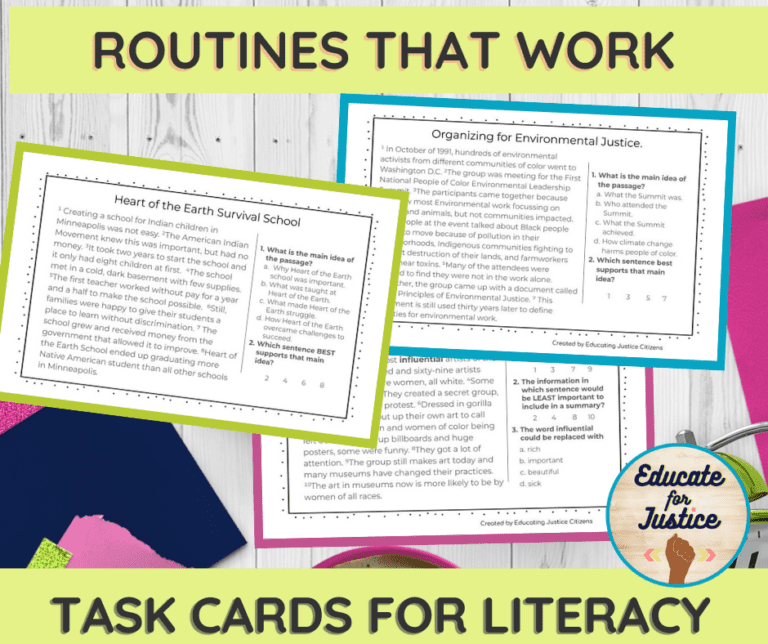As we enter our classrooms each day hoping to develop strong and thoughtful media consumers and citizens, teaching inferring becomes a real game changer in our students’ toolbox. But teaching students to make strong inferences it can require some teaching special sauce of its own.
So, in this blog post, I want to share some practical strategies that make up MY secret sauce, helping you explicitly champion and teach inferring in your everyday classroom adventures. It’s about empowering our scholars to navigate the intricate path between what they know and what they can anticipate so that you can have that magical moment where they are making connections they’d never seen before.
Everyday Support for Inferencing
See-Think-Wonder Routine
Differentiating Observation and Interpretation: Picture this: You’re rocking the See-Think-Wonder routine like a pro. It’s not just about observations and interpretations; it’s about giving your students the superpower to make inferences without even realizing it. Sneaky? Maybe. Effective? Absolutely!
After a few weeks of correcting my students on, “do you see that or think it because of what you see,” they even begin to correct each other. And there we have the groundwork to discuss what they see that allowed them to be confident in that thought, aka, making an inference.
Reading Aloud for Modeling
Think-Alouds for Explicit Demonstration: Grab those picture books, chapter books, and even a YouTube video or two. It’s time for some inference show-and-tell. With a dash of think-alouds, you’re not just reading; you’re unleashing the secrets of making inferences. And guess what? It works for every teacher, no matter what you teach or how long your text is because making inferences is not just an ELA skill. (Read more about how a culture of literacy can be a part of every classroom)
Explaining Inferences vs. Assumptions
Clarifying Distinctions: Now, let’s talk about the elephant in the room: mixing up inferences and assumptions. There is a fine line between relying on student schema and relying on stereotypes to make inferences. We can’t shame students when this mistake is made, but we do need to address it. We want to spark discussions and make sure inferences are built on solid facts, not stereotypes.
I love using “Snack Attack” from Pixar to help model the line between assumption and inference. Students relate to it because the older woman is making an assumption based on the stereotypes she has about teens. This of course feels very real for them.
Cultural Sensitivity
Inferences and Personal Schema: Quick reminder: your students are rocking their inference skills based on their own experiences. But that means that we need to use examples we know they will have access to schema for AND build up background knowledge.
We have to make sure we’re asking students to practice in contexts where their schema applies if we want them to build infering confidence.
In a nutshell, nurturing those inferencing skills is like adding the secret ingredient to your teaching recipe. With these practical and adaptable approaches, you’re not just teaching; you’re shaping young minds into discerning wizards of information. So, dive in, try these out, and let’s watch those critical minds flourish!






